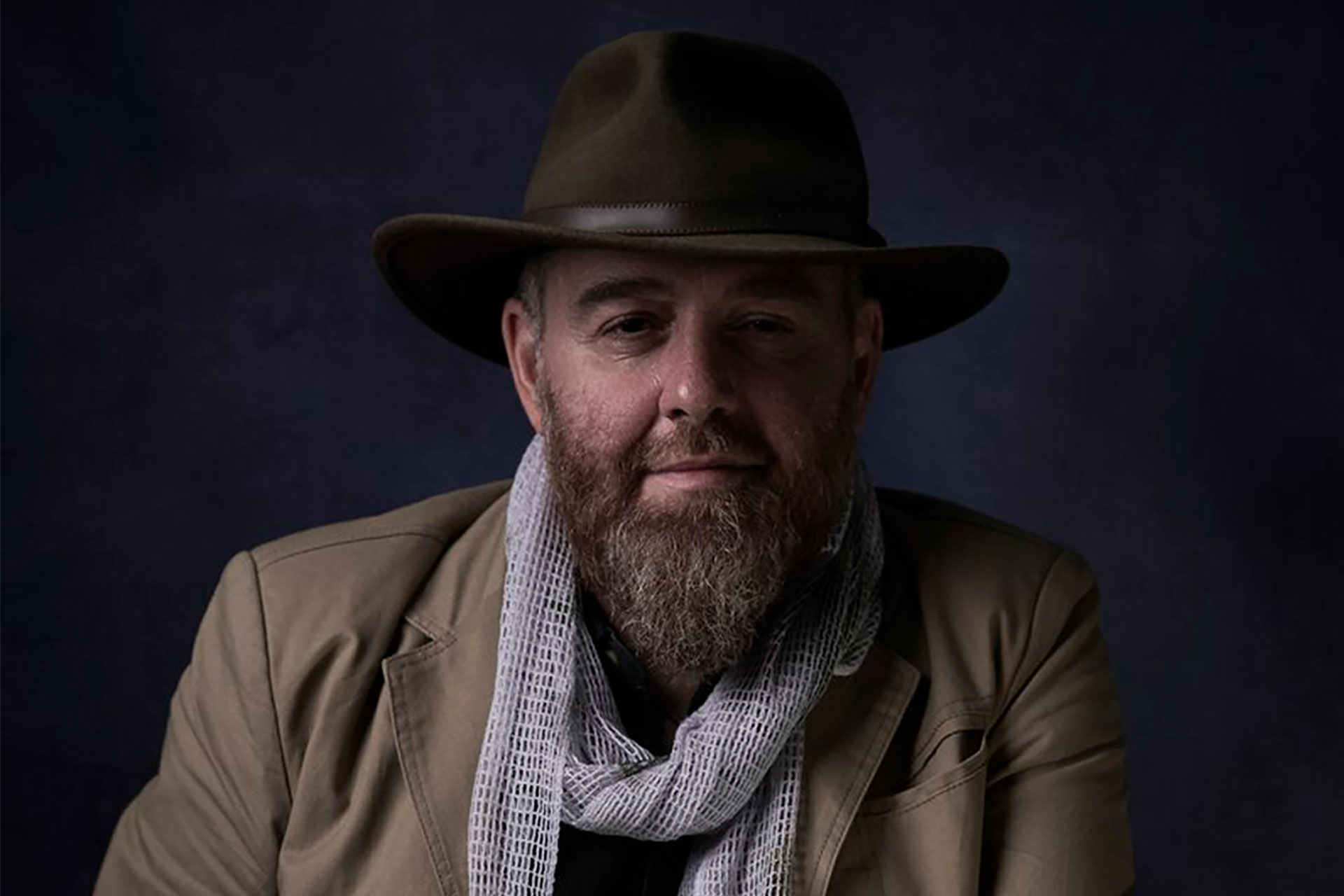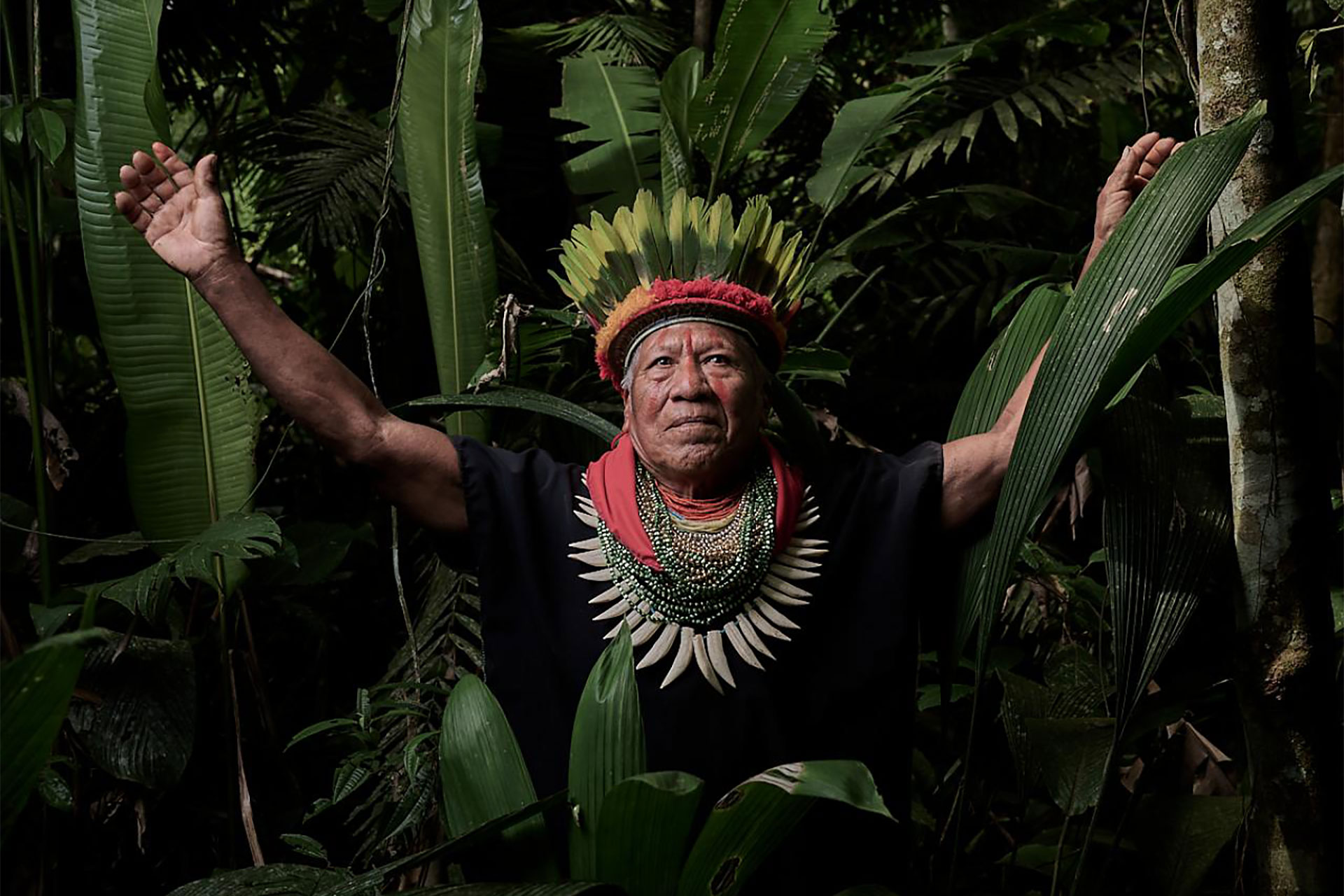Interview with Marios Forsos from United Kingdom

Sarah Cordiner – The Entrepreneurial Genius Behind TekMatix
June 15, 2023
Interview with Petra Franssen from Belgium
June 15, 2023Interview With The 2023 MUSE Photography Awards Winner – Marios Forsos
I originally came from Greece but have spent most of my life in London - I originally studied Economics (going all the way to a PhD) and sort of flowed into consulting, but photography has always been the one thing that has kept me sane.
I have been working as a photographer for more than 15 years focusing more on documentary, storytelling and travel photography working with people like Lonely Planet Images (before the acquisition), National Geographic, Geo, Conde Nast and others.
I got into photography in a roundabout way - someone gave me a book on Time-Life photographers when I was 12 and I think that was pretty much it. I read the whole thing, cover-to cover, in 1 day and the next day I went to the library and spent a whole day there pouring over the entire shelf of National Geographic magazines. Remember, this was 1983, I was in a small town in northern Greece and my English was, well, limited.
Within 6 months, my parents had enough of me nagging and bought me my first SLR from a used camera store and that was it - from the moment I saw the first images appear before me in the darkroom, there was no going back.
At the feet of some incredibly talented and charismatic photographers, sometimes sitting quietly for hours during a studio shoot and soaking up and knowledge, others working as an assistant during National Geographic shoots across the Balkans and the Middle East. I learned by reading everything that crossed my path (even before the internet was a thing but certainly after) and experimenting, again and again, with what I had learned.
This rather unusual way taught me something no course can: the value of perseverance and ingenuity, of having to do with very basic gear and to always find solutions not excuses to problems and curveballs. I learned preparation and visualisation by seeing how long and arduous a NG shoot was and how pre-visualisation was critical for success.
But if there is one place where I learned the most is on the field - through countless failures, frustration, tears and despair when nothing would go my way and I still had a project to deliver. And trust me, there’s no YouTube video which can teach you that - none.
Funnily enough, I do - as I said before, I got my first SLR (a Minolta XG-9 with a 50/1.8 manual lens) in a used camera store in Bern, Switzerland, while on holiday. The kind people in the store loaded a film, showed me the basics and I was let loose. I spent the next hour sitting on a bench in the cold reading the manual (well, trying to read the manual - I was 13 and was still learning English) and then lifted the camera to my eyes to shoot. The first shot was, predictably, of my parents on a stone bridge (with my mother wearing this ridiculous massive coat) with the city at the background.
I would proceed to finish three more rolls of film during that week-long trip, but this was the first one. When we returned and I saw the image forming, I nearly cried - I had created something. Sadly, 80% of the other shots were complete disasters - it would take me almost 35 years to get a success rate of 80% - but I knew right there and then that this was what I wanted to do.
Today I shoot using Nikon mirrorless cameras (a couple of Z9s and two Z6iis) and the latest S series lenses (with some specialist F-mount ones complementing the set). I use Godox lights with the AD1200Pro being my main go-to light with a number of 600BMs, AD300 and AD200 Pros thrown in to the mix - their price-to-performance ratio is second to none, they are versatile and, frankly, if I were to lose them all tomorrow, I would not need to mortgage my house to replace them.
On other elements, I use K&F filters, 3-Legged Thing tripods, GoPros and Parrot drones and a more-than-I-should collection of light modifiers, stands etc. I have to say however that there are 4 large wardrobes in my garage packed with historical gear - from way-too-many Nikon strobes, Pocket-wizards, smoke and wind machines, backdrops etc etc.
There is two actually, both of which I will never forget: the first was when I showed a agori in Varanasi the picture I had taken from him - the first time anyone had ever photographed him slowly, collaboratively and with a strobe. He looked and the image for a good 2 minutes and then, through the translator, said “I hope this is how the god sees me” - which, to me, goes right to the heart of what I do: bring out people’s inner self and beauty, even in ways they never thought of themselves.
The second was, well, different: shooting with a community of Huaorani in the middle of the Amazon, a young mother called Maira saw my picture of her, screamed to gather her friends around her and said, thankfully in Spanish, “My God, I look like the Virgin Mary”! The thing is, Maira looked like that to me from the moment I saw her with the baby on her hip! (by the way, this image is part of the work submitted for the MUSE Photography Awards).
In a word - insight. In an age where humanity produces more than a billion images per day, where photographers everywhere shoot pretty much the same images again and again, I strive to find and tell a story differently: by using carefully thought-out, researched, planned and constructed images to get to the very soul of the people I’m photographing. To bring forth their inner self, to portray them as they feel they are deep inside not by grabbing accidental random shots. I feel I owe them that.
Our world is rapidly losing its collective cultural and emotional foundations, replacing them with an indifferent “homogenised, fast-food” culture-of-sorts, fostered in many ways by our lack of care. I hope that my images change that - show the world the richness, wealth and depth of its people, not as insta-consumable images, but as visually and emotionally rich depictions of life.
The work is part of a long term project to document the tribes of the Amazonia region (not only within Brazil, but beyond) not only through the lens of their plight or as objects of curiosity, but as amazing, awe-inspiring parts of our world, to celebrate their culture and bring to the world their stories despite the challenges.
The idea is to show just how rich the Amazonia region is because only then I feel will the world may realise what we stand to lose. I hope this win will garner the support the project urgently needs to expand quickly and cover, within the next 12-18 months the remaining tribes.
Oh, that’s easy - my inspiration has remained a guiding light for many years. First I would say Joe McNally for his amazingly creative approach under many different conditions, his ability to adjust and to produce really impactful and strong images.
Second it has to be Joey Lawrence for his incredible, awe—inspiring use of soft light and for his timeless poetic images which, despite appearing effortless hide enormous planning and work.
Finally, Annie Leibovitz for the immense complexity of her images, from concept to execution.
I was lucky to have been given this advice extremely early in my life and even luckier for that seed to have found room to grow over the years. The advice was simple: be original, always seek originality and always prepare to put in the extreme hard work required to find and realise it.
This has always been like a beacon and a driver throughout my life - it has driven me to prepare exhaustively for every single thing, to spend time with my subjects - to think before I even pick up a camera. These days I shoot maybe a thousand images for a project and this translates to at least 1hr of preparation for each one.
Winning Entry
Tribes of the Ecuadorian Amazon at a life crossroads | 2023
(Read more at MUSE Photography Awards)
Marios Forsos
Marios Forsos has been a photographer for over 15 years with a focus on documentary, storytelling and travel photography which presented him opportunities to work with Lonely Planet Images and more!
Read more about this interview with Wen Hua Chen, the Category Winner of the 2021 MUSE Photography Awards.


